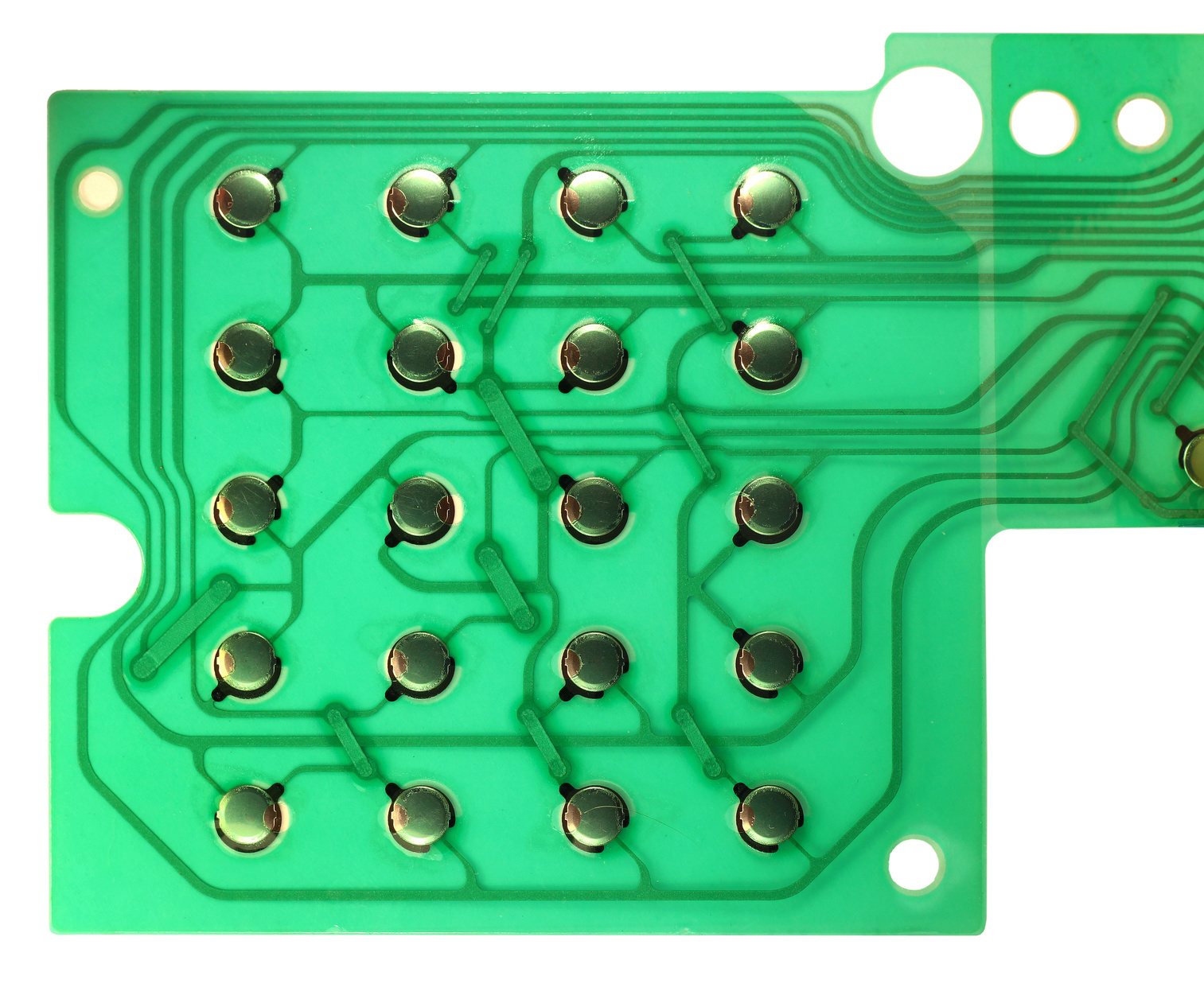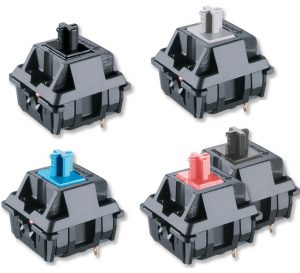Just How Membrane Switches Contribute to the Durability of Electronic Control Panels
Membrane buttons play a vital duty in improving the longevity of electronic control panels, largely through their multi-layered building and construction which provides effective defense against environmental aspects such as wetness and dirt. The lack of moving components dramatically lowers the probability of mechanical failures, making membrane changes suitable for requiring applications.
Interpretation of Membrane Layer Switches

Membrane layer switches are created to be thin and lightweight, making them appropriate for applications where room is limited. They can be produced in different shapes, sizes, and shades, offering versatility in design that satisfies aesthetic and practical requirements. Additionally, membrane layer switches can incorporate numerous modern technologies, such as responsive feedback and LED indications, boosting customer experience.
Due to their construction, membrane switches are usually immune to dirt, moisture, and general wear, adding to their longevity popular atmospheres. Their smooth layout not just promotes easy cleaning yet additionally reduces the threat of mechanical failing, making them a recommended selection for manufacturers seeking dependable individual interfaces in their digital control board.
Security Versus Ecological Elements
The design of membrane layer changes naturally provides a degree of protection versus numerous ecological factors, which is crucial for maintaining capability in difficult conditions - Membrane Switch. These switches are normally constructed with layers of adaptable products that shield inner components from dampness, dust, and pollutants. By enveloping the wiring, membrane layer switches reduce the danger of short circuits and deterioration, which can dramatically impair performance
In addition, the usage of durable adhesives and sealers during production enhances their resistance to ecological challenges. Membrane buttons can withstand exposure to chemicals and solvents, making them suitable for sectors such as food handling and healthcare, where health and sanitation are extremely important. Their smooth surface area design likewise protects against the accumulation of dust and bacteria, promoting less complicated cleansing and upkeep.
Temperature variations are one more ecological concern, and membrane layer buttons are engineered to function properly across a broad range of temperature levels (Membrane Switch). This adaptability makes certain that control board continue to be operational in numerous settings, from commercial environments to customer electronics
Impact on User Communication
User interaction with digital control board is dramatically influenced by the style and functionality of membrane buttons. These switches offer a responsive interface that boosts the overall user experience, permitting for intuitive navigation and control. Their responsive nature guarantees that individuals obtain prompt comments upon activation, which is crucial for tasks requiring accuracy and effectiveness.
In addition, the smooth surface of membrane layer switches assists in simple cleansing and upkeep, promoting individual confidence in the reliability of the user interface. This cleanliness is particularly essential in settings where hygiene is extremely important, such as medical or food processing settings. In addition, the portable and lightweight learn this here now design of membrane switches adds to the visual charm of control panels, urging individual involvement through a modern-day and streamlined look.
Moreover, the assimilation of visual aspects, such as printed icons and backlighting, assists individuals rapidly determine features, lowering the learning curve related to new tools. Consequently, individuals can run tools more efficiently, causing enhanced productivity and contentment. In summary, membrane switches play a critical role in boosting individual communication by combining capability, visual appeals, and convenience of use, eventually bring about improved functional performance.
Style Versatility and Modification
Layout versatility and personalization are essential elements of membrane layer buttons, enabling producers to customize digital control board to specific applications and customer demands. This flexibility enables the integration of different style components, such as shades, graphics, and textures, which can enhance the aesthetic appeal and customer involvement of the control board.
Membrane buttons can be personalized in shapes and size, fitting a variety of tools and applications, from commercial machinery to consumer electronics. This versatility guarantees that suppliers can develop instinctive interfaces that straighten with user assumptions and operational needs. Additionally, the capacity to integrate unique attributes such as backlighting or responsive responses better improves usability, allowing for a more interactive experience.
Furthermore, the production process for membrane layer changes sustains the rapid prototyping of designs, making it possible for producers to iterate and improve their principles swiftly. This ability not just increases the development timeline but likewise This Site ensures that the end product meets details functional and visual criteria.

Cost-Effectiveness and Longevity
Cost-effectiveness and durability are considerable benefits of membrane layer buttons, making them an eye-catching choice for producers and end-users alike. These buttons are generally less pricey to create than conventional mechanical switches, primarily due to their streamlined manufacturing procedures and the minimized number of parts needed. This price benefit expands not just to preliminary production however additionally to long-term functional expenditures, as membrane layer switches typically require much less upkeep and have a lower failure rate.
In addition, the durability of membrane read more changes contributes to their overall value. Built from long lasting products, they are immune to environmental variables such as moisture, dust, and chemicals, which can cause premature wear in various other button kinds. The absence of moving components decreases mechanical failing, enabling membrane switches over to preserve performance over prolonged periods.
This sturdiness is especially advantageous in applications requiring consistent efficiency under demanding problems, such as medical tools and commercial equipment. Ultimately, the combination of cost-effectiveness and durability makes membrane changes a financially sensible option for producers, offering reliable options that stand up to the test of time while optimizing budgetary factors to consider.
Verdict
Finally, membrane layer switches dramatically enhance the longevity of digital control panels with their durable construction and protective attributes. By successfully shielding wiring from environmental threats and decreasing the threat of mechanical failure, these switches make sure constant efficiency in requiring applications. The smooth style advertises health and ease of upkeep, while modification choices make it possible for tailored services for different demands. Generally, membrane switches stand for a dependable and economical selection for boosting the longevity and capability of electronic control systems.